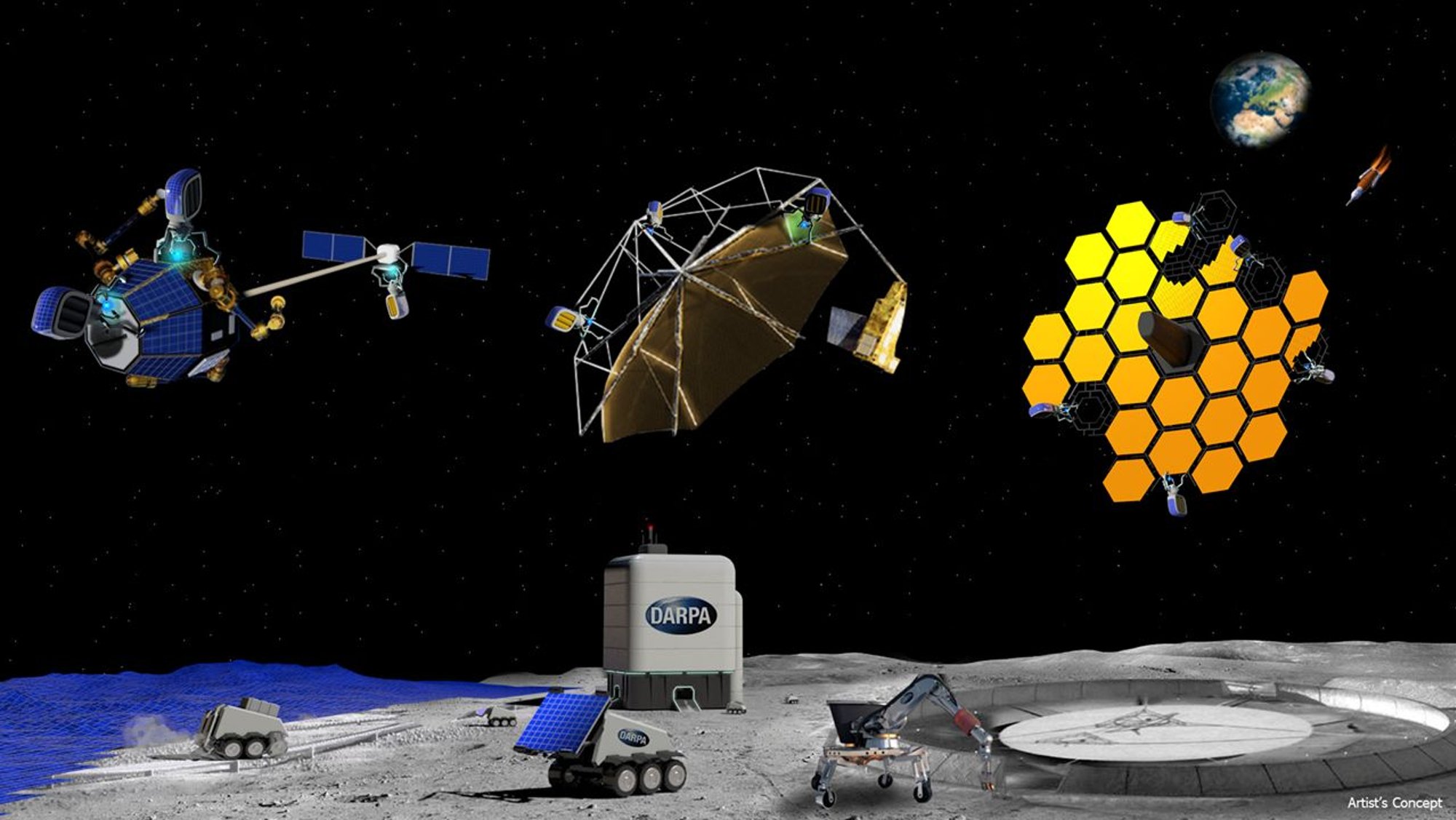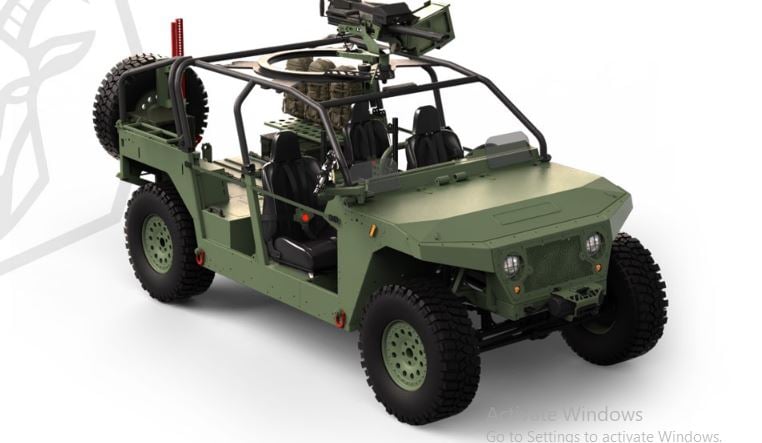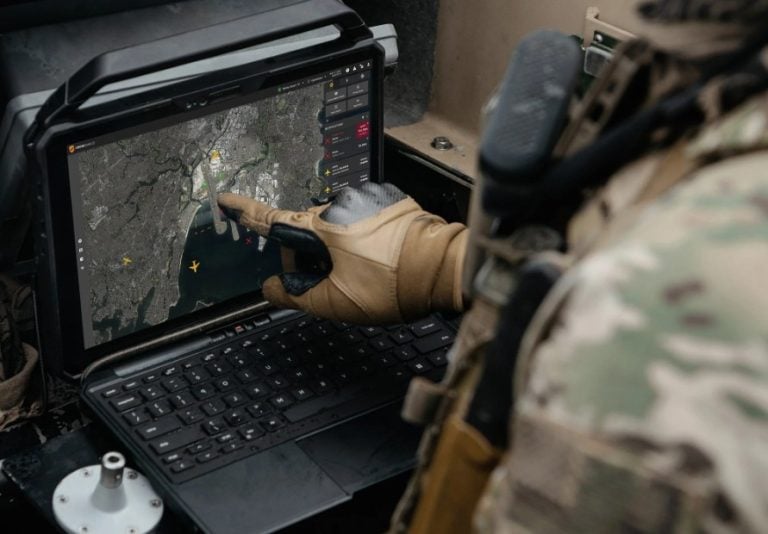Space services company Momentus has secured a significant contract to support a groundbreaking demonstration of large-scale structure assembly in Earth’s orbit, aimed at advancing the capabilities of the Defense Advanced Research Projects Agency (DARPA). This partnership is part of the NOM4D (Novel Orbital and Moon Manufacturing, Materials, and Mass-efficient Design) program, which focuses on innovative solutions for the integration, arrangement, and hosting of complex payloads needed for manufacturing high-tech systems in the space environment.
The agreement, valued at $3.5 million, involves Momentus deploying its proprietary Vigoride Orbital Service Vehicle, which will carry essential assembly devices to be tested in low-Earth orbit. This initiative marks a pivotal step in exploring how payloads can be effectively assembled in space, a capability that holds immense potential for the Department of Defense and commercial aerospace ventures alike.
Scheduled for launch via a SpaceX Transporter rideshare mission in early 2026, the Vigoride is engineered to deliver payload capacities of up to 200 kilograms (441 pounds) and provide as much as 1 kilowatt of power. The vehicle’s operational capabilities include hosting payloads close to the International Space Station, positioning it as a versatile asset for future assembly tasks.
Momentus CEO John Rood expressed enthusiasm about the collaboration, underscoring the transformative impact that cost-effective in-space assembly could have on space operations. “We’re thrilled to be supporting DARPA on this cutting-edge program and are looking forward to this exciting demonstration of key enabling technologies for in-space assembly,” Rood stated. He further elaborated on the potential applications, noting that structures that are too large to fit within the confines of traditional launch vehicles could be robotically assembled in space. This development is expected to simplify construction processes and lower costs for creating large communications antennas, manufacturing hubs for advanced materials, semiconductors, and the maintenance and upgrade of existing space systems.
As the aerospace industry continues to evolve, this forward-thinking initiative highlights the importance of collaboration between commercial companies and government agencies in harnessing new technologies for the future of space exploration and manufacturing.
















